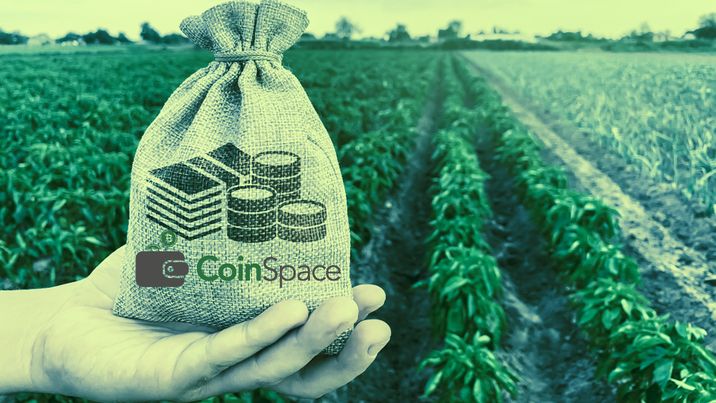What Crypto Investors Need to Know About Yield Farming

It’s a challenge to determine how to engage with cryptocurrency to increase your profit. The nature of decentralized finance (DeFi) is volatile — it’s essential to update your investment strategies to keep up with changes and stay ahead of the competition.
Investors are always looking for new ways to build their portfolios effectively. Popular trading techniques include dollar-cost averaging, golden cross and RSI divergence. While some of these strategies are effective, there’s opportunity for investors to improve their return on investment (ROI). A popular DeFi protocol used in crypto is yield farming.
Here are the basics of yield farming in crypto and some of the benefits and drawbacks that come with this type of investment.
What Is Yield Farming?
Yield farming is a unique way of earning interest on deposits that otherwise would be unused. Rather than leaving acquired currency in their digital wallets, investors can earn fees and liquidity pool tokens by lending their assets. It’s similar to staking but involves the participation of liquidity providers (LPs).
Essentially, yield farming allows investors to use their crypto assets to obtain more crypto or other rewards to use in their investment ventures.
Much of yield farming occurs on the Ethereum blockchain, but the key here is that investors will jump between DeFi protocols to yield the most profitable results. Investors will use different mechanisms like liquidity mining, risk choice and leveraging funds to participate in the practice.
These protocols serve as standards and principles that govern activities on DeFi apps, and they also provide liquidity to lenders and borrowers.
What Is Liquidity Mining?
For yield farming to work, assets must be easy to access and lend. Many people involved in cryptocurrency use yield farming and liquidity mining interchangeably, but there are differences between the two.
Liquidity mining is the term used to specifically describe the process of trading assets to receive governance tokens.
Yield farming and liquidity mining are similar in that they both have to do with acquiring tokens, but they operate on different algorithms. Liquidity mining uses the Proof of Work (PoW) algorithm to ensure assets are legitimate. On the other hand, yield farming relies on the investor to find the most lucrative mining pools.
Pros of Yield Farming
Profit is the top benefit when it comes to yield farming. Maximizing gains is the name of the game for crypto investors.
Here are some other advantages and benefits of yield farming:
1. Owning a small piece of the app you’re using
2. Contributing to the growth and expansion of DeFi
3. Moving digital assets easily
4. Locking in top interest rates
More opportunities come up as the number of DeFi protocols increase. Investing more liquidity into mining pools for these projects allows for the highest yields.
Cons of Yield Farming
Yield farming can be tricky if an investor doesn’t plan ahead of time. Because DeFi projects are still in an experimental phase, it’s tough to know when to invest or hold on to your assets.
Here are some cons to yield farming:
1. Hacking risks that lead to loss
2. Low accountability from lenders and borrowers
3. Slow confirmation times
4. Complex to understand
Yield farming is on the rise and makes it easy for people in cryptocurrency to lend and borrow, but it comes with significant risks. Being aware of these potential pitfalls allows investors to plan around and anticipate obstacles. Many investors will work with a financial adviser to secure their assets, maximize their gains and prevent significant losses.
Yield Farming in a DeFi System
Bitcoin, Etheruem and now the rise of Dogecoin are constantly rising and falling in the cryptocurrency space.
The overall objective of DeF and yield farming is to create a feasible system to replace the antiquated banking network we currently use. It’s a new way to utilize assets you already have to make more, rather than leaving your finances in the hands of an intermediary.